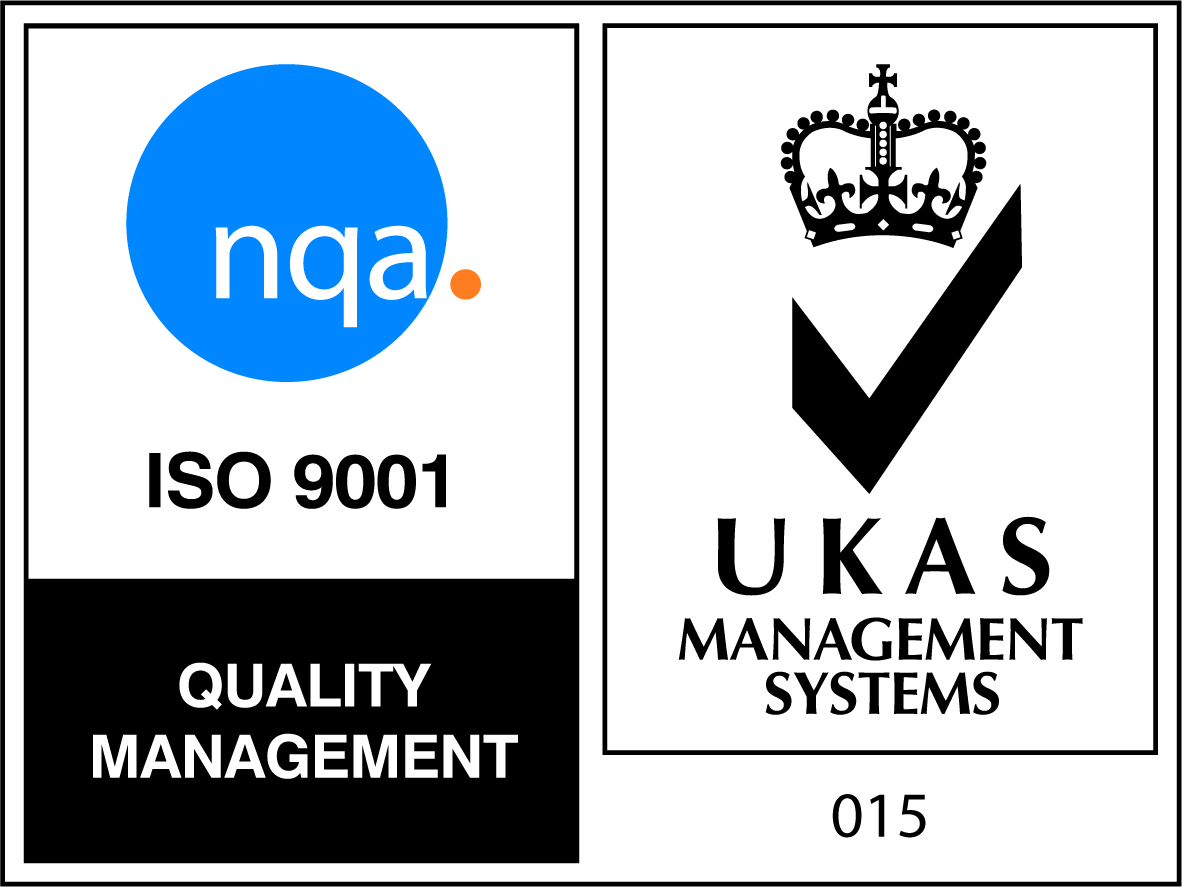Designed to help gain basic electrical understanding. Two options available Maintenance or Installation
This three day course is for people working in the electro-technical industry; who are experienced with electrical installation and operating principles and are now required to prove compliance with industry standard regulations and practices. This…
This one day course is for people working in the electro-technical industry; is an upgrade to and will replace, the already existing 17th Edition Wiring Regulations all subsequent amendments. If you have passed your 17th…
Electrical safety is a system of organisational measures and technical means to prevent harmful and dangerous effects on workers from electric current, electric arc, electromagnetic field and static electricity. This course is designed for those electrical engineers both new and experienced…
Hydraulic systems are used in all kinds of large and small industrial settings as an efficient and cost-effective way to create movement or repetition. This course is designed for those working with or close to…
A pneumatic system is a collection of interconnected components using compressed air to do work for automated equipment. With little experience, on-off control of machines and equipment can be designed and assembled quickly using pneumatic components such as valves…
Industrial robots are used in many different aspects in industry, they are often seen in automated factory cells and are becoming increasingly popular as industry 4.0 comes into play and more and more facilities are…
Brazing is a metal-joining process in which metals are joined together by melting a filler metal into the joint. The filler metal has a lower melting point than the adjoining metal and flows through the…
Electrical discharge machining (EDM) has long been the answer for high accuracy, demanding machining applications where conventional metal removal is difficult or impossible. Known by many other names, including spark machining, arc machining and (inaccurately)…

